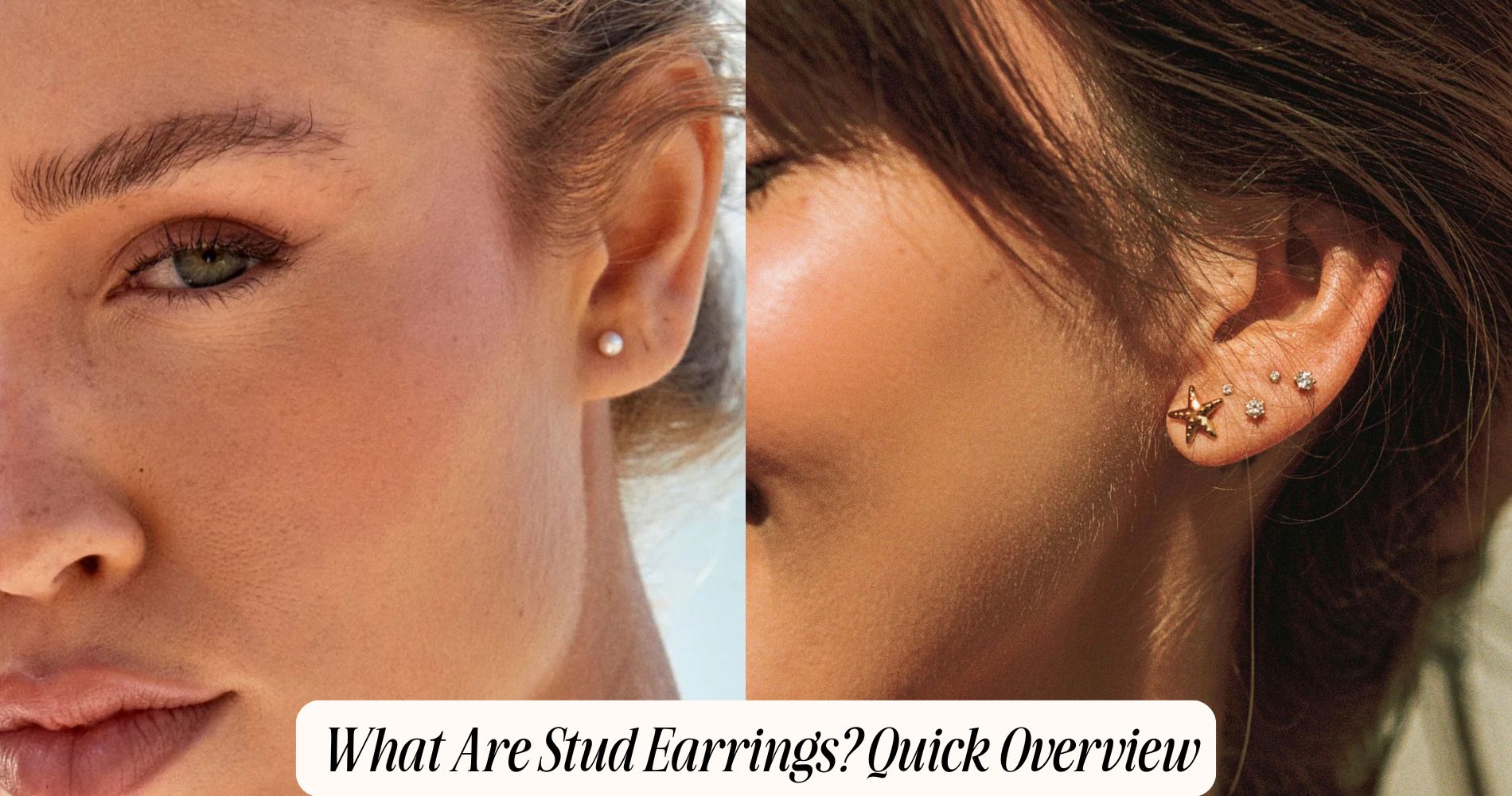
What Are Stud Earrings? Quick Overview
What are stud earrings? They are a minimalist jewelry style defined by a single decorative element—often a diamond, gemstone, or precious metal—that rests directly against the earlobe. Secured with a post and backing, stud earrings date back to ancient Egyptian and Greek times. Their simple yet functional design typically features bezel or prong settings and comes in metals like gold or platinum. With their timeless look and everyday versatility, stud earrings are a must-have in any collection. For styles that combine elegance with durability, explore our waterproof earrings collection—perfect for daily wear without worrying about damage.
Defining the Stud Earring Style
A stud earring, by definition, is a minimalist jewelry style featuring a single decorative element attached directly to a straight post that passes through the earlobe.
You’ll find that stud earrings have deep roots in earring history—ancient civilizations, including Egyptians and Greeks, favored this form for its simplicity and function.
Unlike hoops or dangles, studs sit flush against the ear, emphasizing the decorative component.
Throughout history, style variations have emerged: from classic diamond solitaires to pearls, gemstones, and even geometric metals.
Today, you can choose from an array of shapes and sizes, reflecting both historical influences and modern aesthetics.
Stud earrings remain a staple, thanks to their adaptability across cultures and eras, making them enduring icons in jewelry design.
Key Features of Stud Earrings
Simplicity defines stud earrings, but their design incorporates precise technical elements that set them apart. You’ll notice that studs typically feature a single adornment, such as a gem or metal motif, mounted on a straight post. This post passes through the earlobe and is secured by a backing—often termed a clutch or butterfly.
The minimal projection from the ear provides both comfort and versatility. Design variations include bezel, prong, and halo settings, each influencing visual impact and structural integrity.
Historically, stud earrings trace back to ancient civilizations, symbolizing status and personal identity. Their enduring appeal lies in their understated silhouette and adaptability across eras.
Recognizing these key features helps you appreciate not only their practical benefits but also their historical significance in jewelry design.
Popular Materials and Gemstones
Beyond structural elements, the choice of materials and gemstones plays a defining role in the character of stud earrings.
You’ll find that gold, platinum, and sterling silver remain the most prevalent metals, chosen for their material durability and resistance to tarnish.
Historically, gold and gemstones have adorned ears since ancient Egypt, symbolizing status and protection.
Modern designs allow you to select from diverse gemstone varieties—diamonds, sapphires, emeralds, rubies, and even pearls.
Each gemstone imparts unique optical properties and aesthetic value, whether you prefer faceted brilliance or the luster of cabochon stones.
Synthetic stones and cubic zirconia offer affordable yet visually appealing alternatives.
How Stud Earrings Are Worn
While stud earrings may appear straightforward, their method of wear has evolved alongside jewelry technology and fashion trends. You typically insert the earring post through a pierced earlobe, then secure it with a clutch or screw-back mechanism.
Early studs relied on simple friction backs, but advancements brought more secure options, minimizing loss. When considering how to style stud earrings, think about gemstone size, metal finish, and symmetry with other jewelry pieces.
Due to their compact design and secure fit, studs offer excellent occasion suitability—from daily office wear to formal events. Historically, their minimal profile allowed both men and women to adopt studs without overwhelming their features.
Today, you can layer multiple studs along the ear or pair them with statement pieces for versatile styling.
Reasons for Their Enduring Popularity
Because of their timeless design and adaptability, stud earrings have maintained widespread appeal across centuries and cultures. You’ll find their classic silhouette—typically a gemstone or metal setting mounted on a straight post—offers a discreet yet refined look.
Their timeless appeal lies in their simplicity, making them a versatile accessory for both formal events and daily wear. Historically, stud earrings trace back to ancient civilizations, where they symbolized status and style.
Modern advancements in metallurgy and gem-setting techniques have further enhanced their durability and design variety. You can easily pair studs with other jewelry, as their understated presence complements rather than competes.
Whether you prefer precious metals or minimalist designs, stud earrings remain a staple due to their comfort, adaptability, and enduring fashion relevance.
Stud Earring Care and Maintenance
Since stud earrings often come into direct contact with skin and environmental elements, proper care and maintenance are essential to preserve both their appearance and integrity.
Over time, oils, sweat, and airborne particles can accumulate on metal and gemstones, leading to tarnish or diminished brilliance. You should utilize appropriate cleaning techniques based on the material; for example, use a mild soap solution for gold or platinum, while silver often benefits from a specialized polishing cloth.
Avoid harsh chemicals, as these can degrade settings or stones. When not in use, implement storage solutions such as lined jewelry boxes or anti-tarnish pouches to prevent scratches and oxidation.
Historically, proper maintenance has prolonged the lifespan of fine jewelry, reinforcing the value of routine care for your stud earrings.
Tips for Choosing the Perfect Pair
How do you determine which stud earrings best suit your needs amid countless options? Start by evaluating your ear size, as proportions play an essential role in both comfort and aesthetics.
Smaller lobes often benefit from petite solitaires, while larger or elongated lobes can showcase bolder settings, such as bezel or halo studs.
Historically, stud earrings have symbolized understated elegance, dating back to ancient civilizations. Today, they remain versatile, adapting to shifts in personal style and material innovation.
Consider hypoallergenic metals like surgical steel or platinum if you have sensitive skin. Examine the craftsmanship—secure posts and well-fitted backings guarantee durability.
Finally, let your personal style guide your choice, whether you prefer classic diamonds or contemporary geometric motifs. Choose thoughtfully to complement every occasion.
Frequently Asked Questions
Can Stud Earrings Be Worn in Non-Ear Piercings?
You can wear stud earrings in non ear piercings, showcasing earring versatility. Historically, people have used studs for nose, lip, and eyebrow piercings, provided the gauge and post length match the specific body piercing requirements.
Are Stud Earrings Suitable for Children and Babies?
When choosing stud earrings for children and babies, you must prioritize safety considerations. Select hypoallergenic earring materials like surgical steel or gold to minimize allergic reactions. Historically, pediatricians recommend secure screw-back designs to prevent accidental swallowing or loss.
How Much Do Stud Earrings Typically Cost?
When you consider the cost factors for stud earrings, you'll find price ranges vary widely. Materials, gemstone quality, and brand influence cost. Historically, precious metals and rare stones increase value, while fashion studs remain more affordable.
Can Stud Earrings Trigger Metal Allergies?
You might experience metal sensitivity if you wear stud earrings made from nickel or other reactive metals. To avoid allergic reactions, choose hypoallergenic options like titanium or surgical steel, which have historically minimized irritation for sensitive individuals.
Are Stud Earrings Allowed in Professional or School Dress Codes?
You’ll find that dress code policies in professional settings and schools often permit stud earrings due to their subtle appearance. Historically, these accessories are considered acceptable, but it’s essential to confirm specific regulations at your institution or workplace.
Conclusion
When you choose stud earrings, you’re selecting a timeless accessory with roots dating back to ancient civilizations. Their simple post-and-back design guarantees both security and versatility, while modern innovations offer hypoallergenic metals and dazzling gemstones. With minimal maintenance, studs retain their brilliance and integrity for years. Whether you’re seeking daily wear or a subtle accent for formal occasions, stud earrings consistently deliver elegance and practicality—making them a staple in any well-rounded jewelry collection.







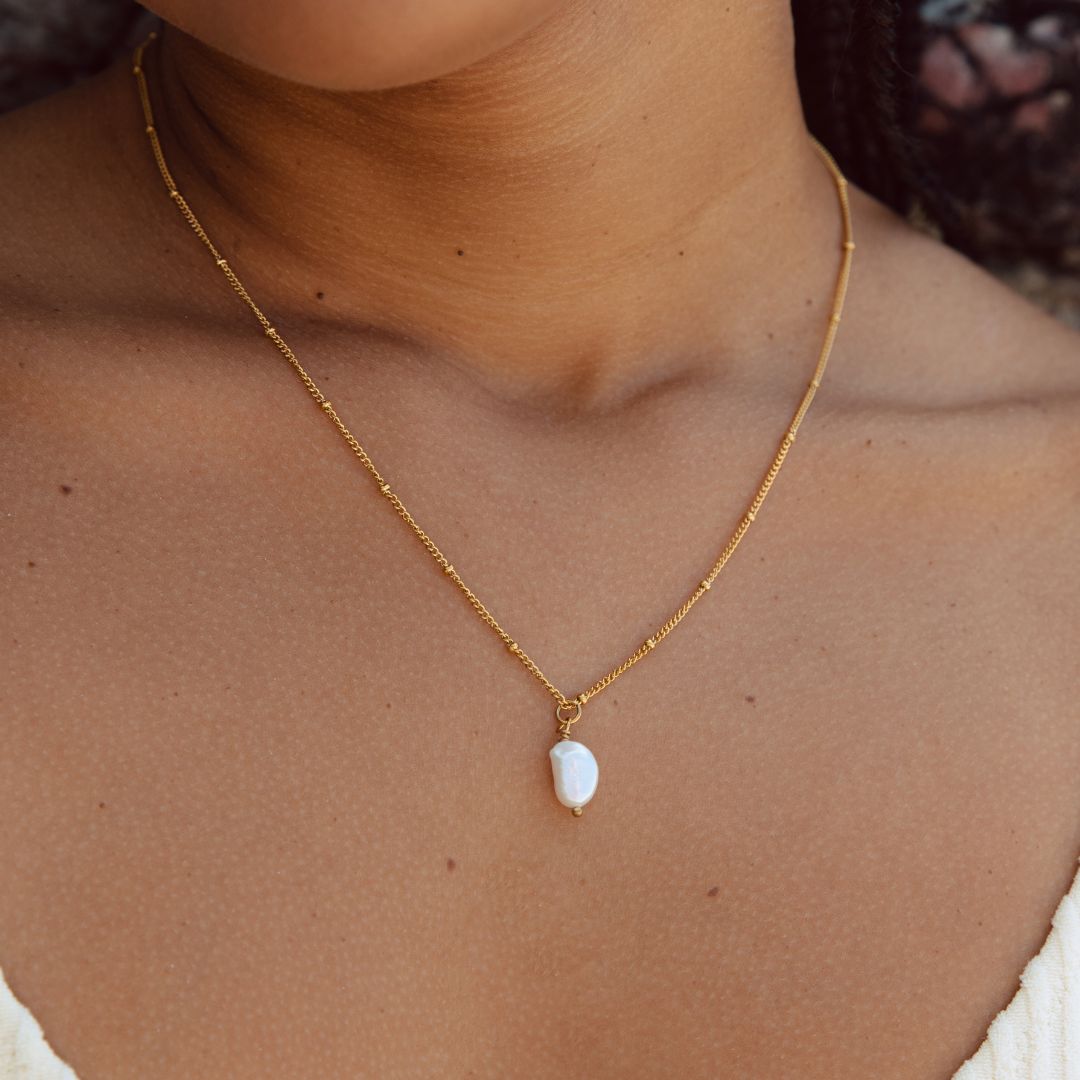

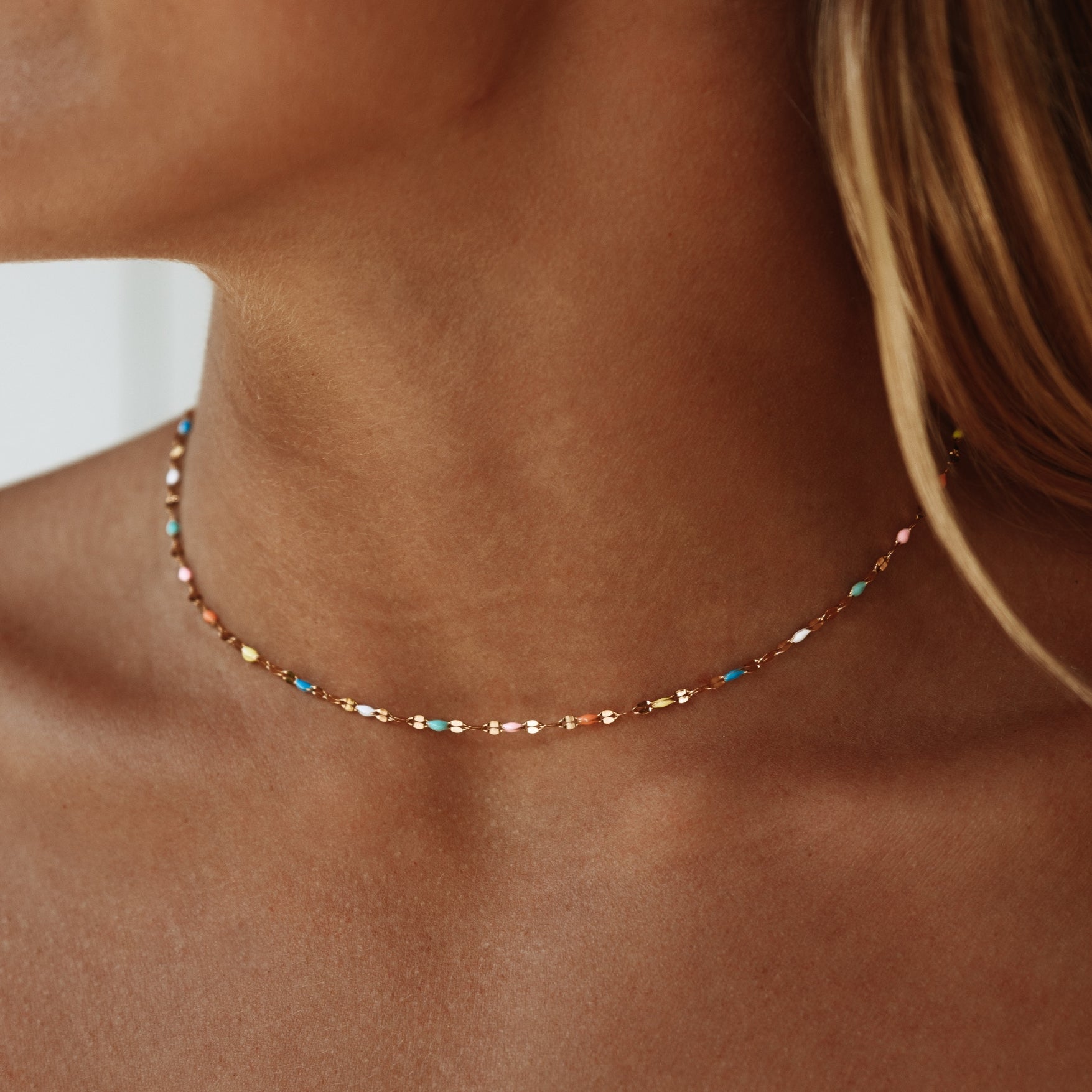


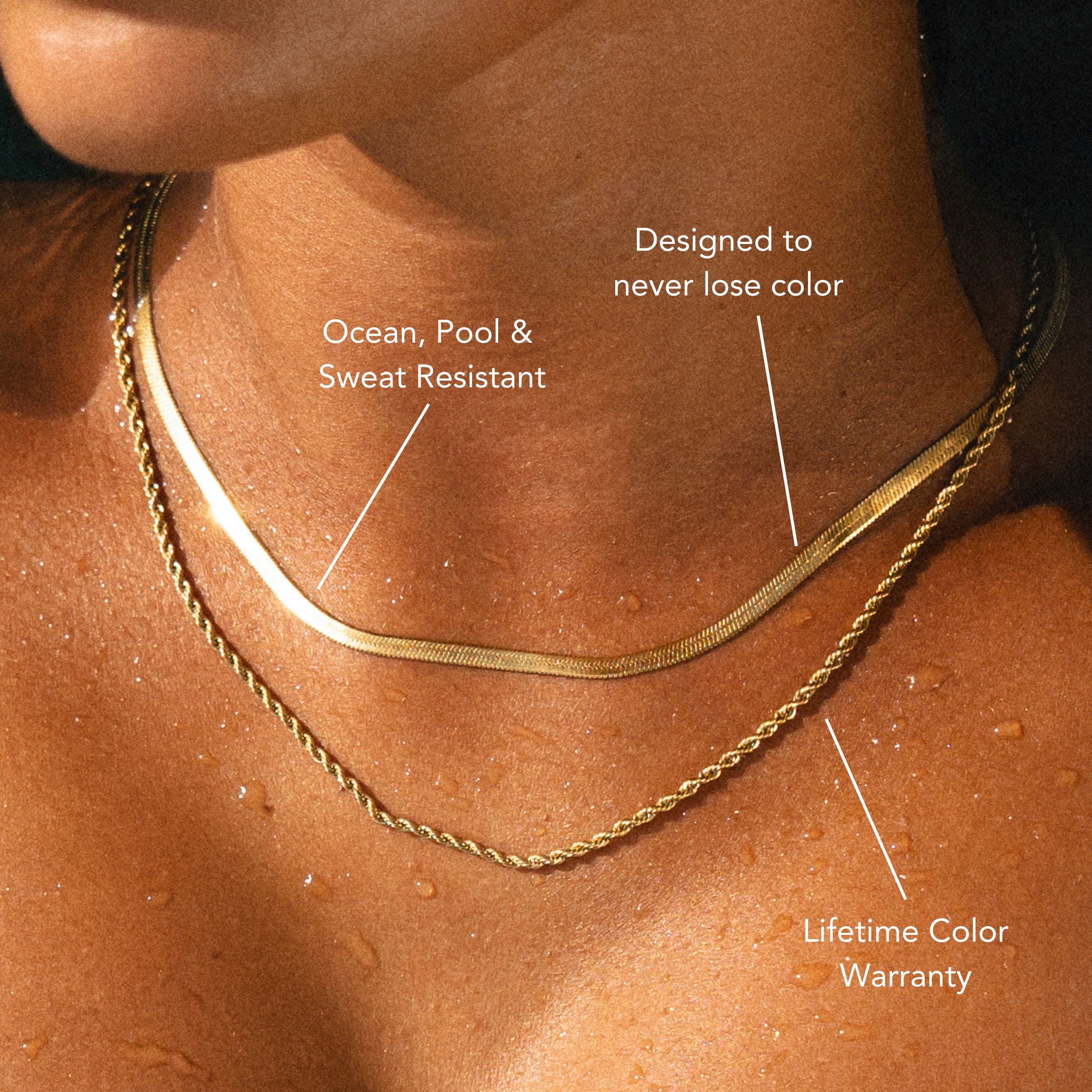
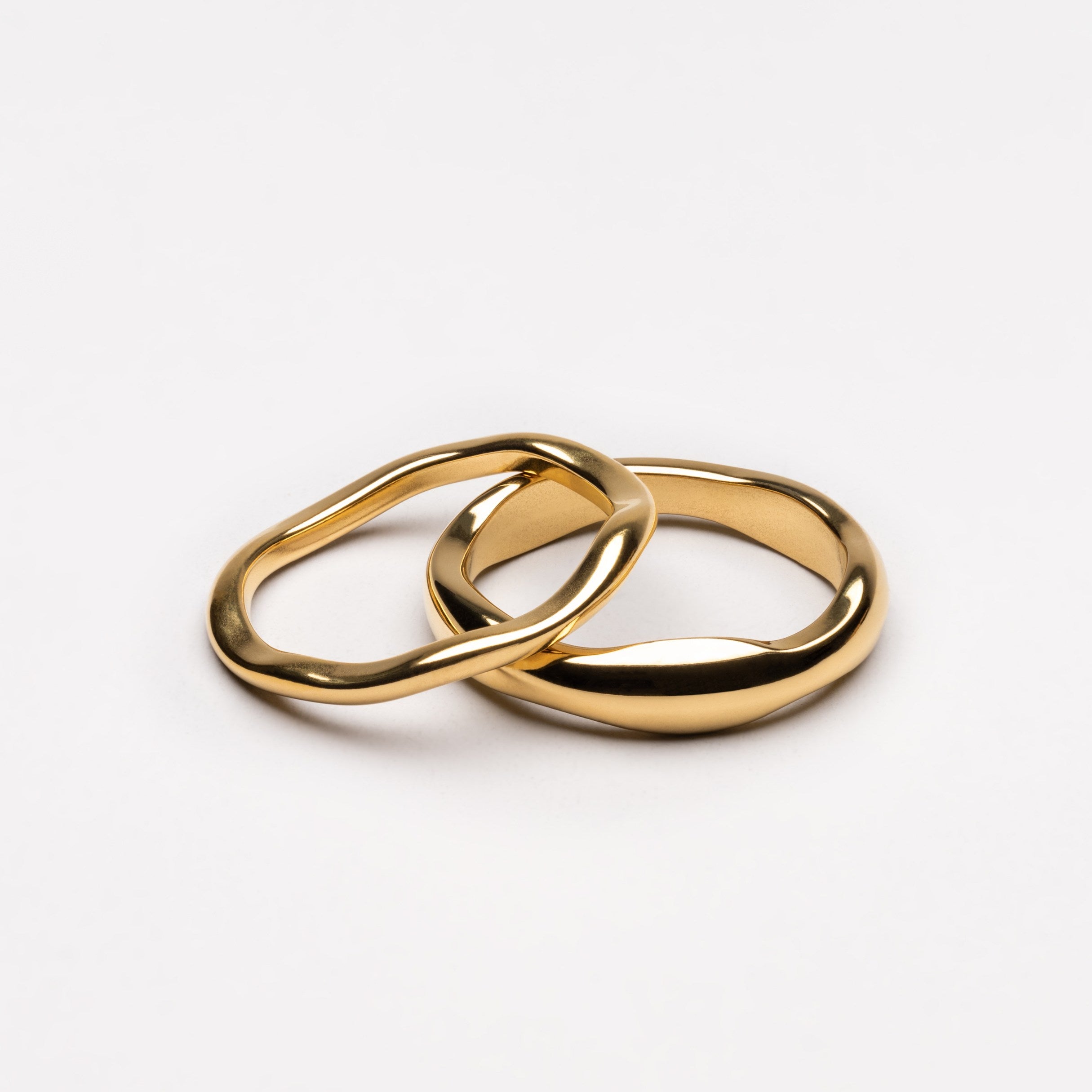
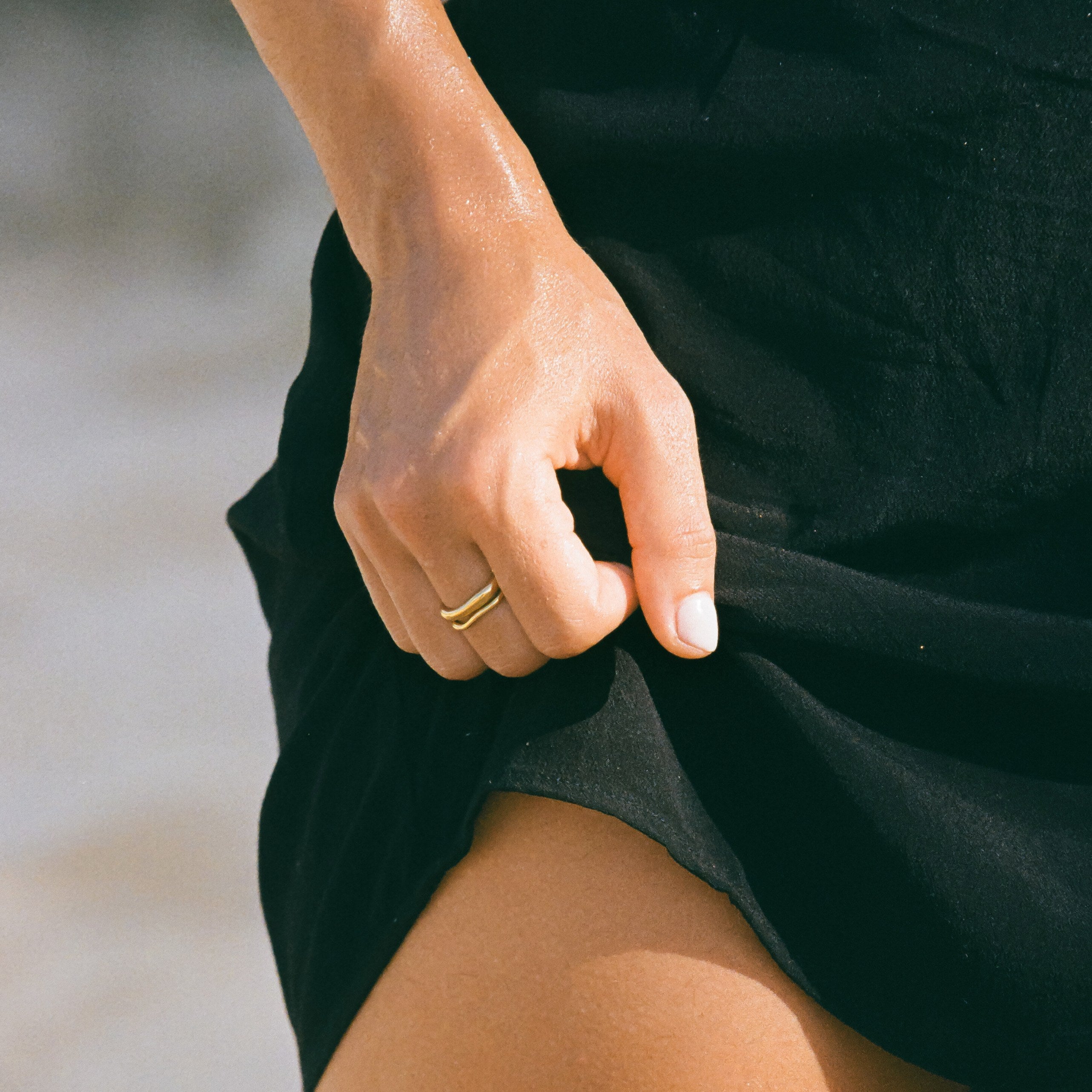

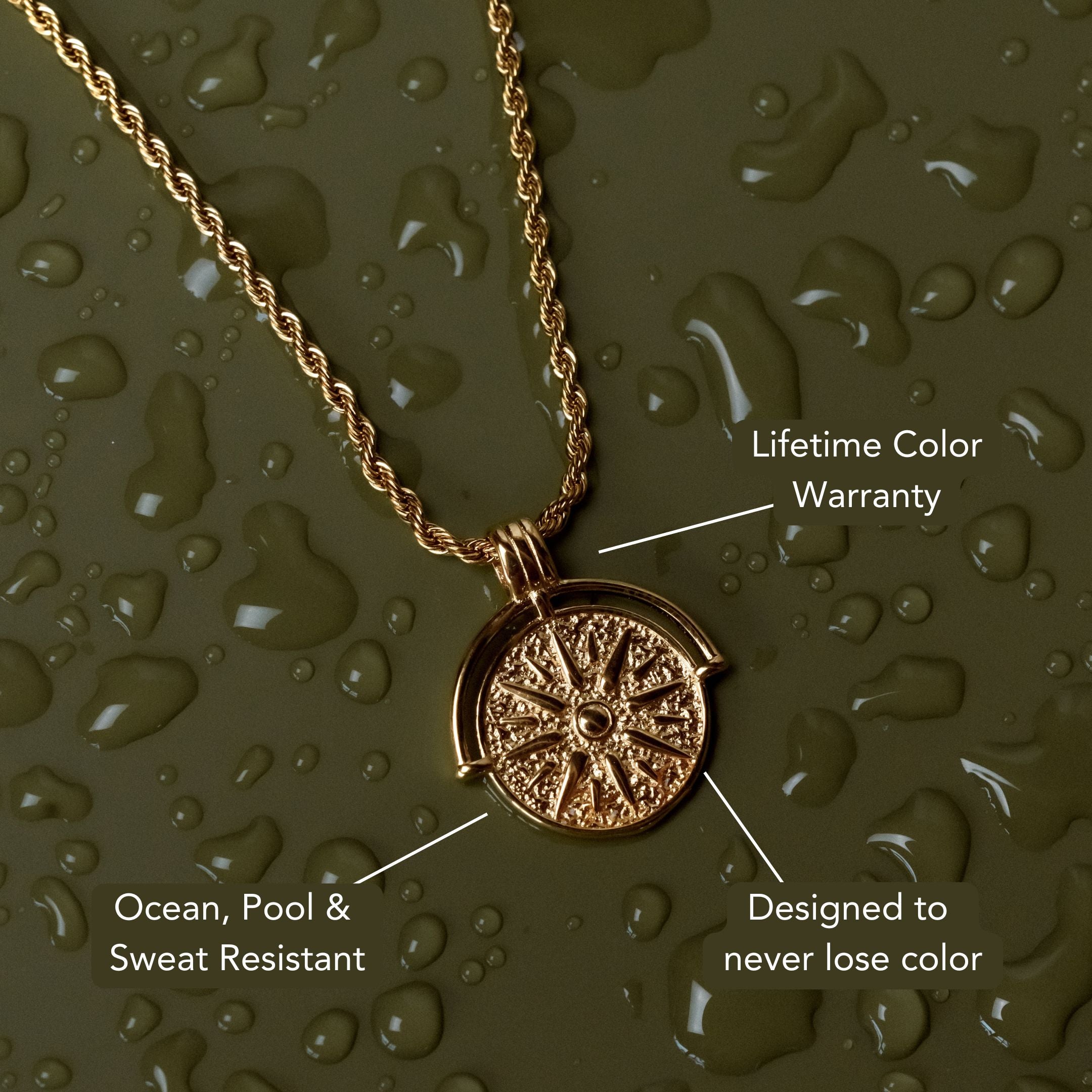
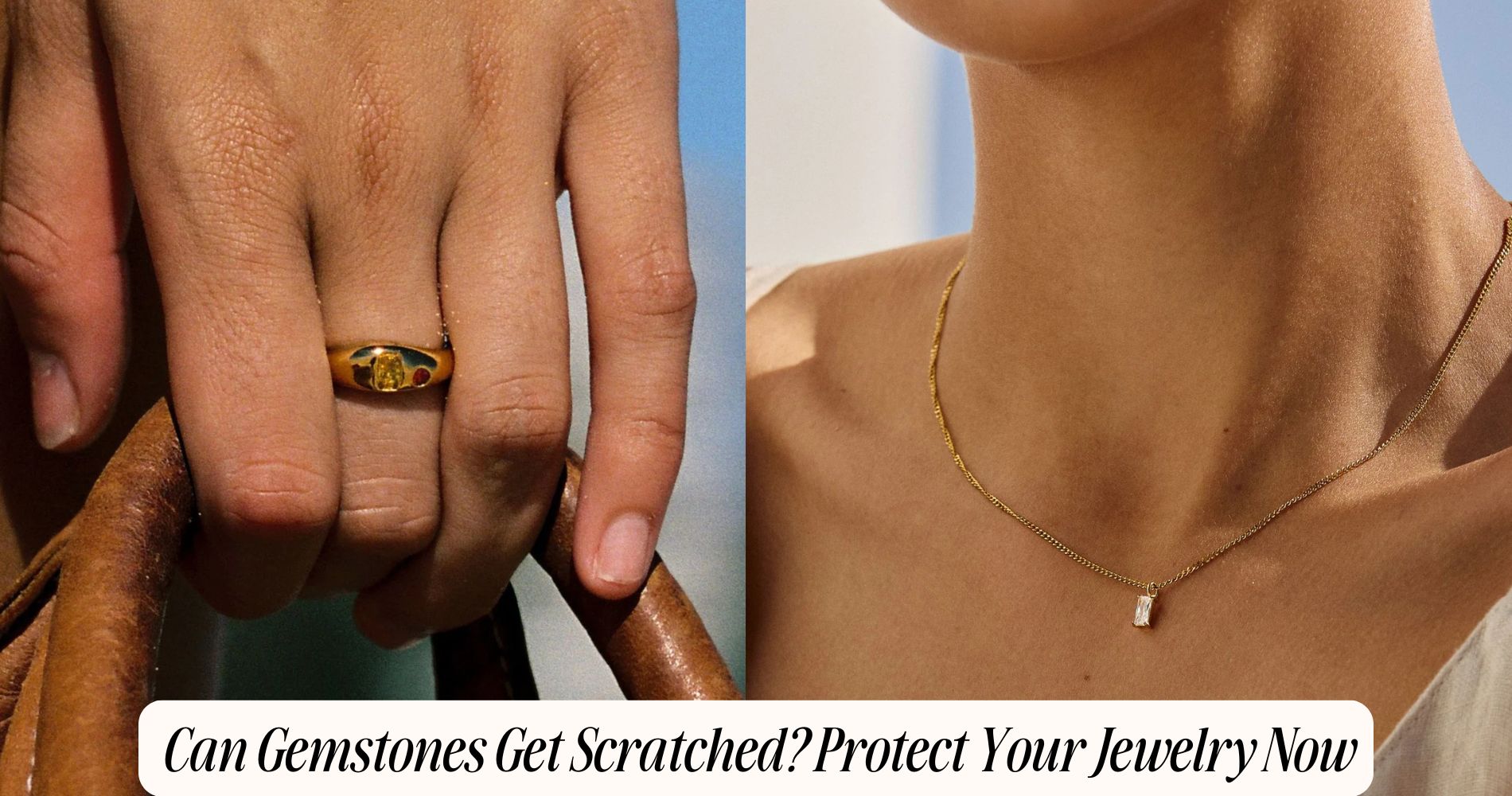





Leave a comment
This site is protected by hCaptcha and the hCaptcha Privacy Policy and Terms of Service apply.